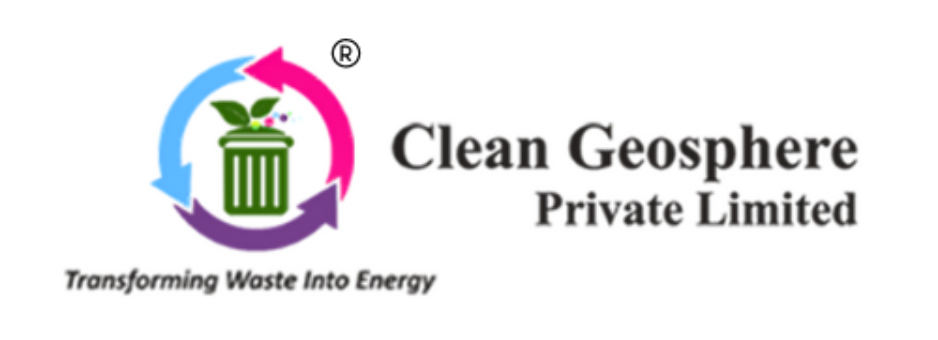Mumbai, India’s financial capital and home to over 20 million people, is grappling with an escalating waste crisis. With thousands of tons of garbage generated daily, the city’s landfills are overburdened, its streets littered with waste, and its drainage systems clogged. Despite government policies and municipal efforts, the mounting waste problem continues to pose serious environmental and health hazards.
The Scale of Mumbai’s Waste Problem
Mumbai generates approximately 11,000 to 12,000 metric tons of waste daily, a significant portion of which remains unprocessed or improperly disposed of. The major components of this waste include:
Organic Waste (50%) – Food waste, vegetable peels, and garden waste.
Plastic Waste (12-15%) – Single-use plastics, packaging materials, and PET bottles.
Construction & Debris (20%) – Unregulated dumping of concrete, bricks, and rubble.
Hazardous Waste (5%) – Medical, electronic, and chemical waste from industries and hospitals.
Overflowing Landfills: A Time Bomb

Mumbai’s three major landfills—Deonar, Mulund, and Kanjurmarg—are at capacity, with Deonar being one of Asia’s oldest and most hazardous dumping grounds. Fires frequently break out due to methane buildup from decomposing waste, leading to dangerous air pollution levels that threaten public health. The continued reliance on landfills is unsustainable, necessitating urgent alternatives for waste disposal.
Key Factors Contributing to the Waste Crisis
1. Lack of Waste Segregation at Source
Despite government mandates, most waste in Mumbai remains unsegregated, making recycling and composting inefficient. Mixed waste contaminates recyclables and reduces the effectiveness of waste processing facilities.
2. Plastic Pollution and Poor Recycling Infrastructure
Mumbai banned single-use plastics in 2018, yet enforcement remains weak. Plastic continues to clog drains, pollute water bodies, and end up in landfills. While recycling units exist, only a fraction of plastic waste gets recycled, with the rest being dumped or incinerated.
3. Unregulated Dumping and Encroachment
Construction debris and unregulated garbage dumping on roadsides, railway tracks, and open spaces worsen the waste crisis. Slums and informal settlements often lack proper waste collection services, leading to hazardous conditions.
4. Inefficient Waste Collection and Processing
While the Brihanmumbai Municipal Corporation (BMC) has introduced waste collection services, many neighborhoods still experience irregular pickups. The lack of adequate waste processing plants further exacerbates the problem.
Environmental and Health Hazards
Mumbai’s waste crisis is more than just an eyesore—it poses severe risks:
Air Pollution: Methane and toxic gases from landfills contribute to respiratory diseases and poor air quality.
Water Contamination: Leachate from decomposing waste seeps into the groundwater, polluting drinking water sources.
Flooding: Clogged drains due to plastic waste worsen monsoon flooding, disrupting daily life and damaging infrastructure.
Disease Outbreaks: Improper waste disposal creates breeding grounds for pests, increasing cases of dengue, malaria, and cholera.
What Needs to Be Done?
1. Strengthening Waste Segregation and Recycling
Mandatory segregation at the household level must be strictly enforced.
More material recovery facilities (MRFs) should be set up to process dry waste efficiently.
Incentives for recycling should be introduced for citizens and businesses.
2. Expanding Waste-to-Energy and Composting Plants
More biogas and composting units should be established to process organic waste.
Investment in waste-to-energy plants can help reduce landfill dependency and generate electricity.
3. Stricter Plastic Ban Enforcement
The government must enforce stricter fines on plastic manufacturers and sellers.
Citizens should be encouraged to use sustainable alternatives like cloth bags and biodegradable packaging.
4. Improved Waste Collection and Management
The BMC should increase the frequency of waste collection, particularly in slums and congested areas.
Advanced AI-based waste monitoring systems can help track and manage waste more efficiently.
5. Public Awareness and Corporate Responsibility
Citizen awareness campaigns should promote responsible waste disposal.
Corporates and industries should adopt Extended Producer Responsibility (EPR) to manage their waste footprint.

Conclusion
Mumbai’s waste crisis is at a tipping point, but with the right strategies—waste segregation, recycling, composting, and stricter regulations—the city can move towards a sustainable waste management system. It requires a collective effort from citizens, businesses, and the government to transform Mumbai into a cleaner, greener metropolis.
It’s time to rethink our waste habits and take action before it’s too late. A cleaner Mumbai starts with you!


